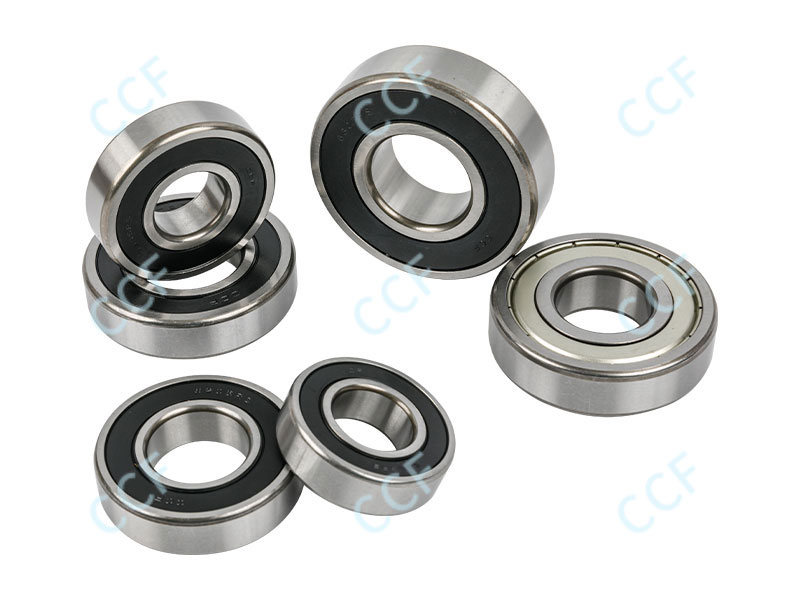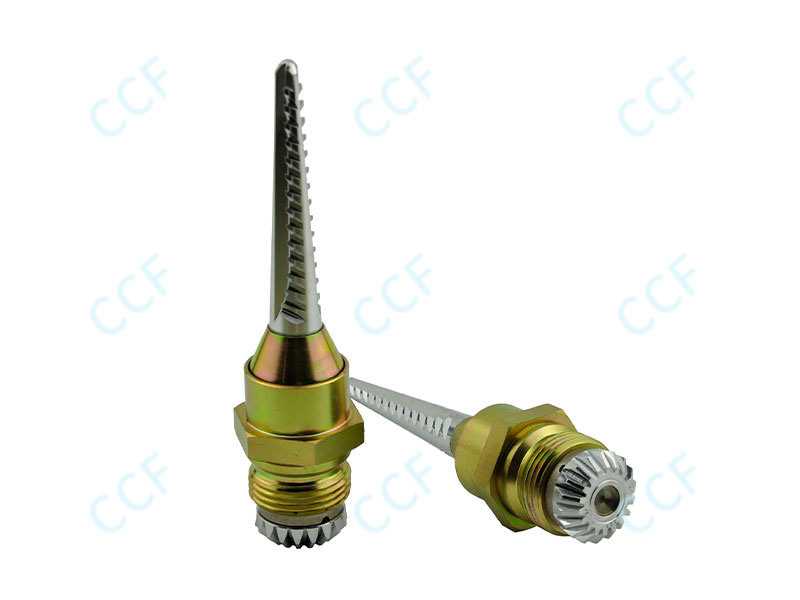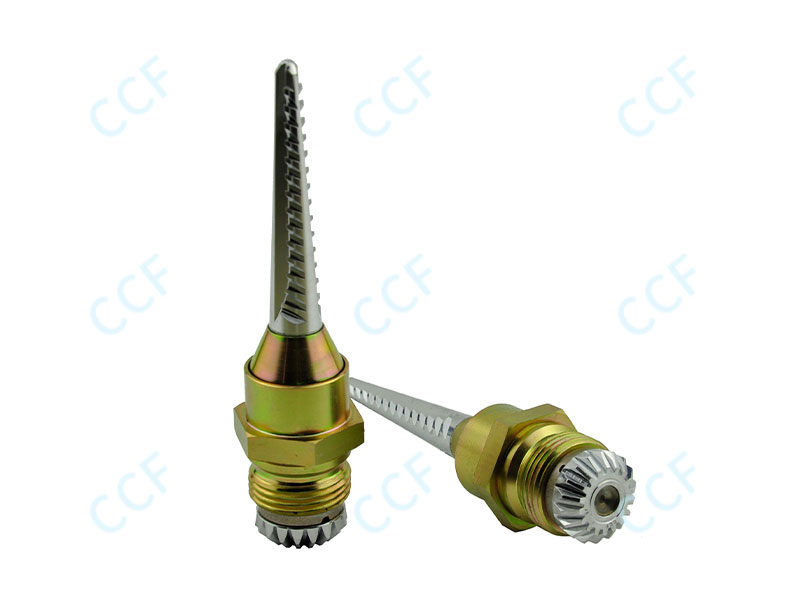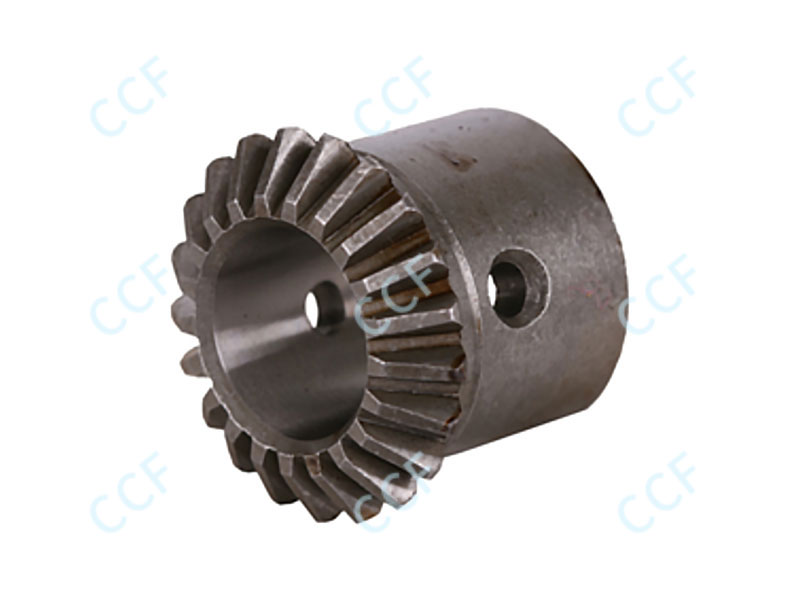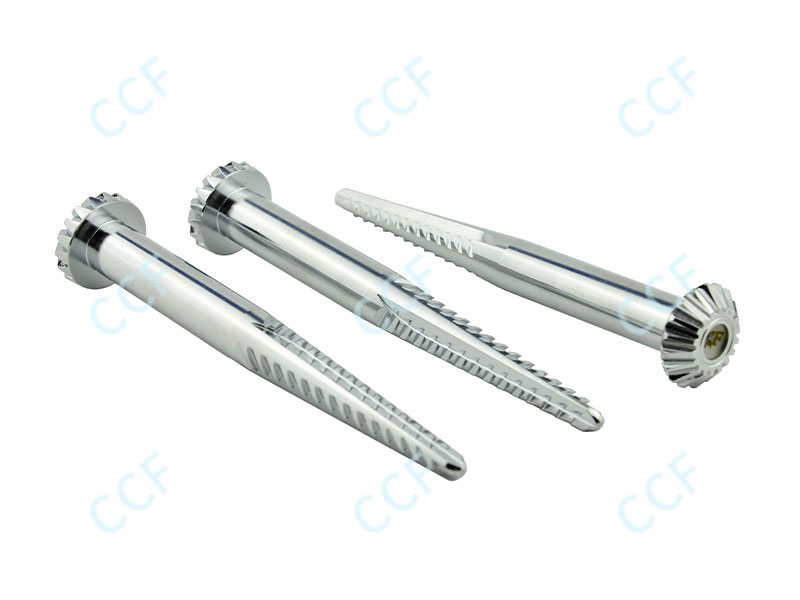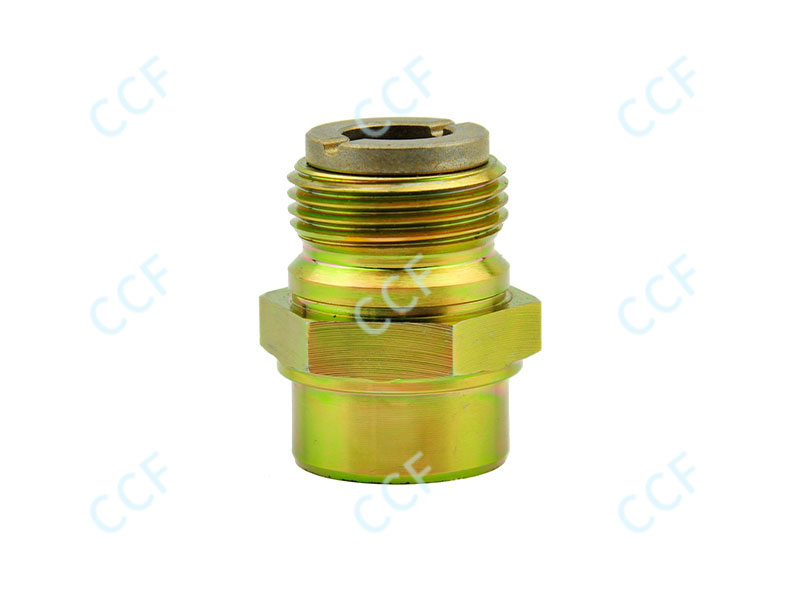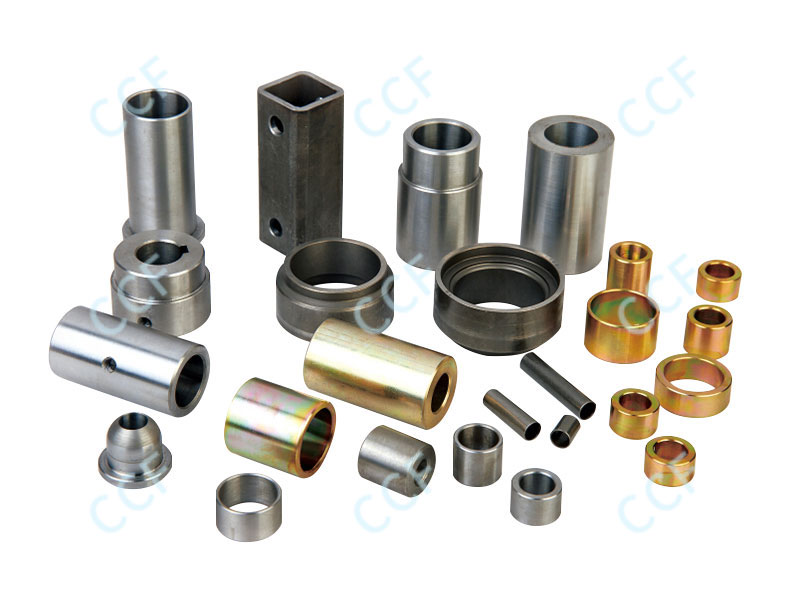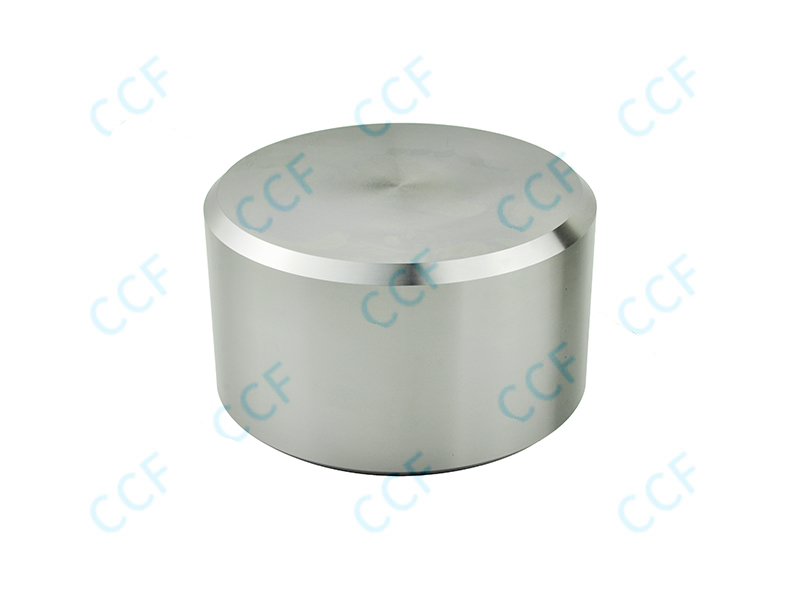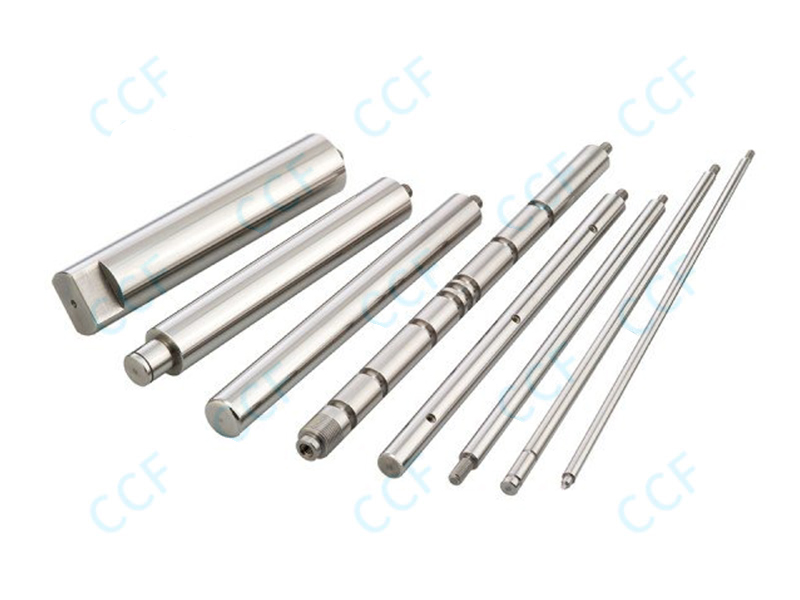Noise control technology for automotive bearings plays a vital role in improving driving comfort. The noise of vehicle bearings usually comes from multiple factors, the most important of which include the working state of the bearing itself, friction with other components, and vibration generated when the wheels rotate. When the noise of the bearing is too loud, it will not only affect the driving experience, but may also affect the overall performance and durability of the vehicle. Reducing bearing noise through effective noise control technology can not only improve the quietness of the vehicle, but also enhance the owner's overall perception of the vehicle and improve driving comfort.
Improving the design of bearings is an important means to reduce noise. The noise of automotive bearings is usually caused by the interaction between the rolling elements and the inner and outer rings in the bearing. During the design stage, manufacturers will reduce the noise generated by friction and rolling by optimizing the geometry and material selection of the bearing. For example, the use of smoother surface treatment technology can reduce friction between metal surfaces and thus reduce noise. In addition, some advanced designs will also add specific buffer structures inside the bearing, which can effectively absorb the vibration caused by the bearing operation and further reduce the spread of noise.
The choice of materials is also crucial to the noise control of bearings. During the operation of the bearing, the contact between the rolling elements and the inner and outer rings will cause certain sounds and vibrations. If high-quality materials are used, this friction and vibration can be effectively reduced. In recent years, some new bearing materials, such as ceramics and composite materials, have been widely used due to their low friction coefficient and strong wear resistance. Bearings made of these materials can reduce heat accumulation, reduce friction, and thus reduce noise. These materials also have higher durability and better corrosion resistance, which helps to improve the long-term service life of the car.
Bearing lubrication also plays a key role in noise control. Lubricants not only reduce friction, but also play a role in buffering and isolation, effectively reducing the generation of noise. In some high-end models, lubricants specially designed for low noise are used. This grease has good adhesion and stability, and can form a more uniform oil film when the bearing is working, reducing direct contact between metal and metal, thereby reducing noise. In some cases, designers will also optimize the grease distribution of the lubrication system to ensure that the lubricant can always maintain the best working condition of the bearing.
The installation accuracy of the bearing and the overall structure of the vehicle will also have a certain impact on the noise. Bearings with higher precision can better match the vehicle's transmission system and reduce unnecessary vibration and noise. During the installation process, precise fit and correct bearing assembly technology can also effectively reduce any irregular movement that may occur during the work process, which is crucial to reducing noise. The optimization of the overall structure of the vehicle, including the sound insulation design of the body and the shock absorption design of the tires, will have a positive impact on reducing bearing noise.
